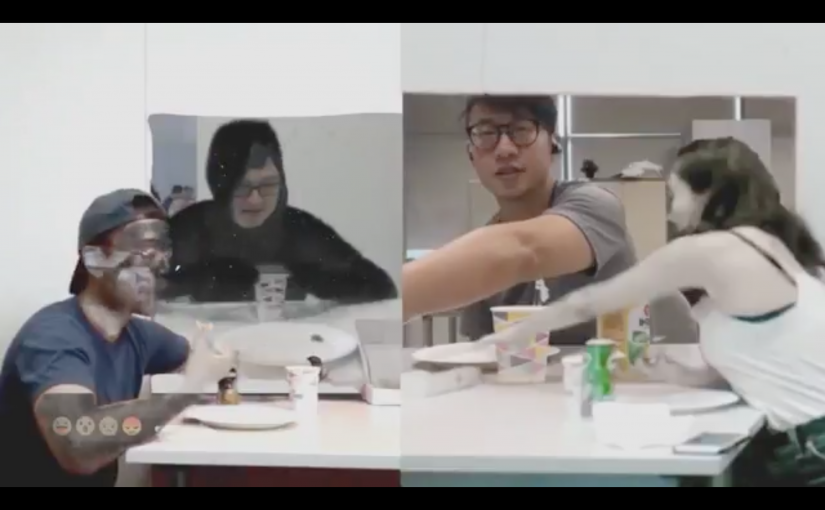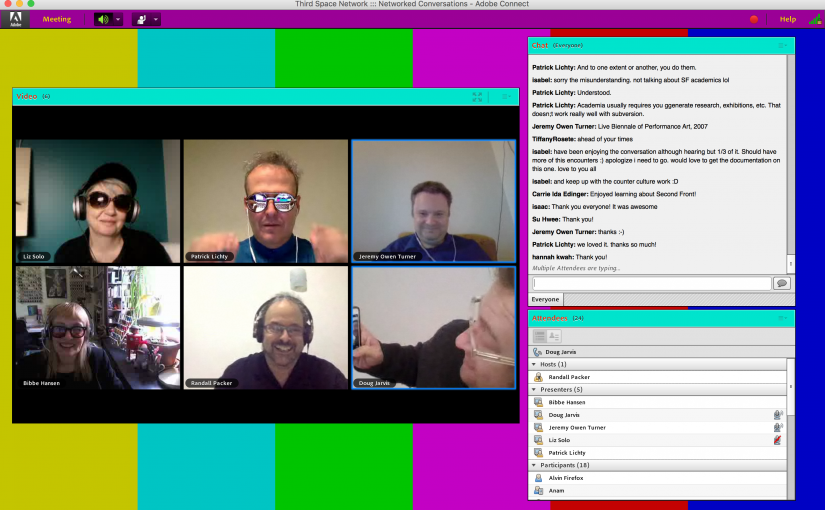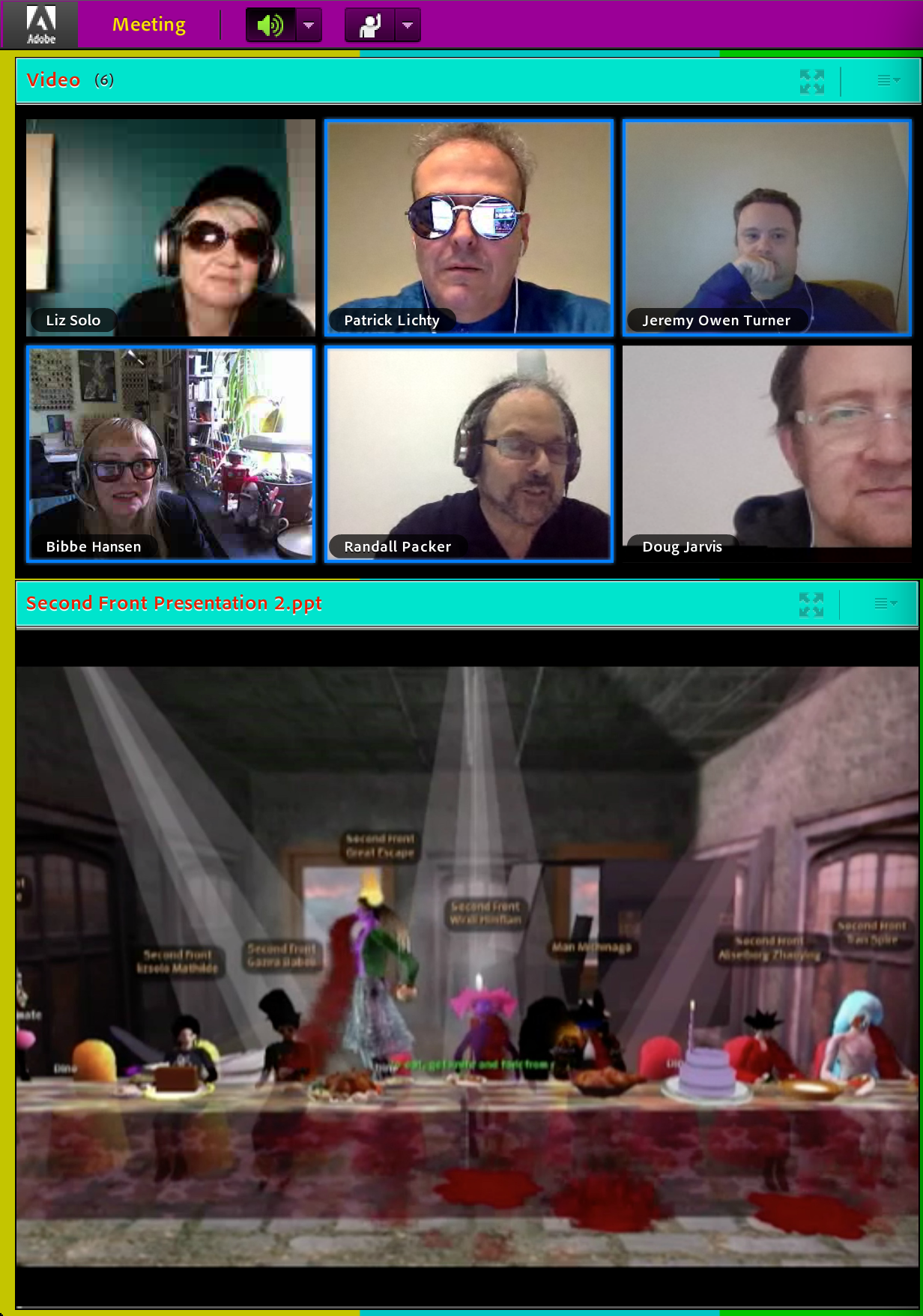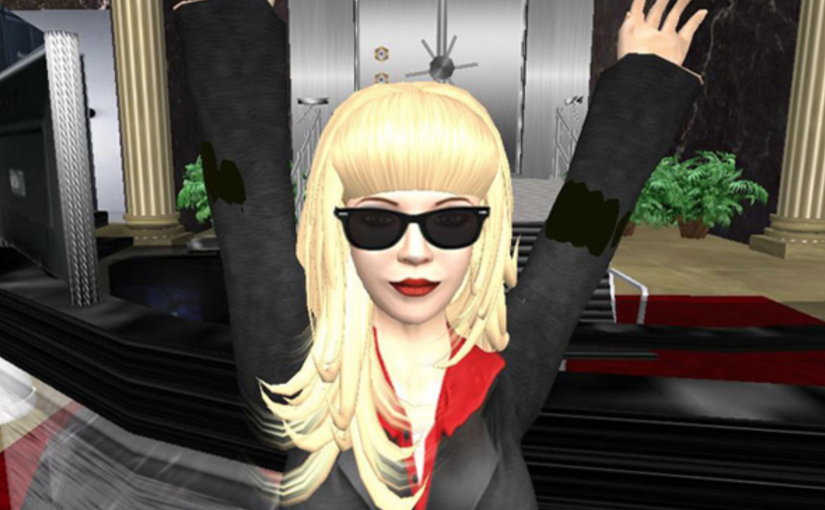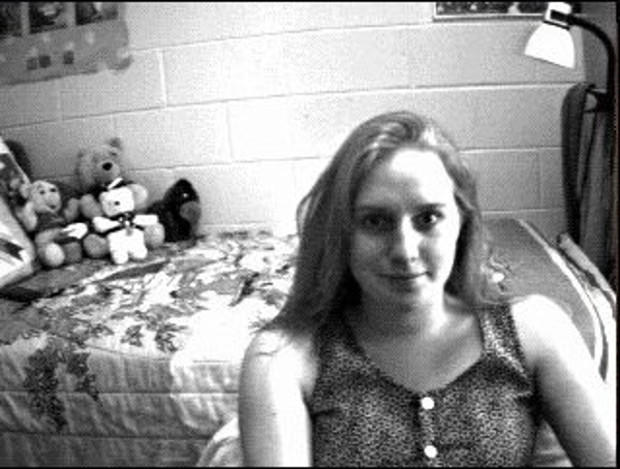Telematic Lunch: Singapore
Welcome to the Telematic Lunch by Anam, Win Zaw, Mirei and Isaac. This project has gone through multiple amendments from the very beginning to this final video. During our brainstorming process, we had very interesting ideas that were very ambitious. Taking inspiration from A Hole in Space by Galloway and Rabinowitz, we had the idea of having a live match making session and third space dinner after. Win Zaw and Anam had the idea of a podcast with green screens exploring the idea of third-spaception (like inception, get it? haha). After much iterations, we decided on a telematic lunch, which had components of what we discussed pulled together to form this unique piece. Alas, we were the first artists who ate, played a few rounds of “never have I ever” and had a conversation with, along with an obvious cameo from a looping neon star in the outer third space on Win Zaw – a three layer third space a.k.a. Third-spaception.
As my friends and I highlighted that A Hole in Space was a huge inspiration for this piece, I would like to talk about how another piece/group, I felt, was a major contributor to our Telematic Lunch – Second Front and their Last Supper and Heist performances. I felt that what we did was heavily attributed to the exposure of Second Front’s work, in that we were all performing in the third space, had an alter-ego on board and had that very important element of improvisation in Telematic Lunch. Definitely we took it to the next level by incorporating ourselves in the piece and added layers to it with chroma-keying and ate and drank real food, which you think about now, is like eating a third space food, like that in the Last Supper. In that very similar aspect there was also an element of super-participation involved with 4 individuals interacting in their actual self in the third space instead of using animated personas which I thought was rather spectacular that we managed to incorporate in a live setting:)
Of course there goes without a doubt that we’ll face technical issues for our piece.
Space & Aligning
I was mostly involved in the adjustment of the spaces we were using to feed into our obs screen while everyone else set up the tables, chairs and cloth for the chroma-key. (you might ask why? I had a very good reason for that, I was getting the piping hot, cheesy, crust-zesty pizzas for our telematic lunch). So anyway, back to what I was doing. Adjusting the spaces was very tough albeit our previous live-test/rehearsal. Getting the angle right and distance from the phone/laptop to where we were sitting was crucial to creating a space where viewers could believe we are all sitting at the same table. We used the pizza boxes (cut into quadrants) as reference points for our alignment process. At the same time, we allowed for some misalignment to add to the fact that it was a chroma-keyed live feed but mostly because this was as best as we could align our screens.
Connections
This is where it got me frustrated. Yes, it is a given that running OBS and live feeds will cause latency to increase. However, as we inserted the live feed into the screen to make adjustments. It was such a pain because we had to wait for 20 seconds to a minute to be able to see the corrections. This further prolonged our set up time. To add on to that, there was a constant disruption to the live feed running in OBS and I had to always refresh the pages and that meant a realigning of the spaces to fit everyone in nicely. (Not turning my phone to airplane mode was also a disaster because I received 2-3 calls and this also disrupted my feed which explains multiple instances where you don’t see me in the screen:(
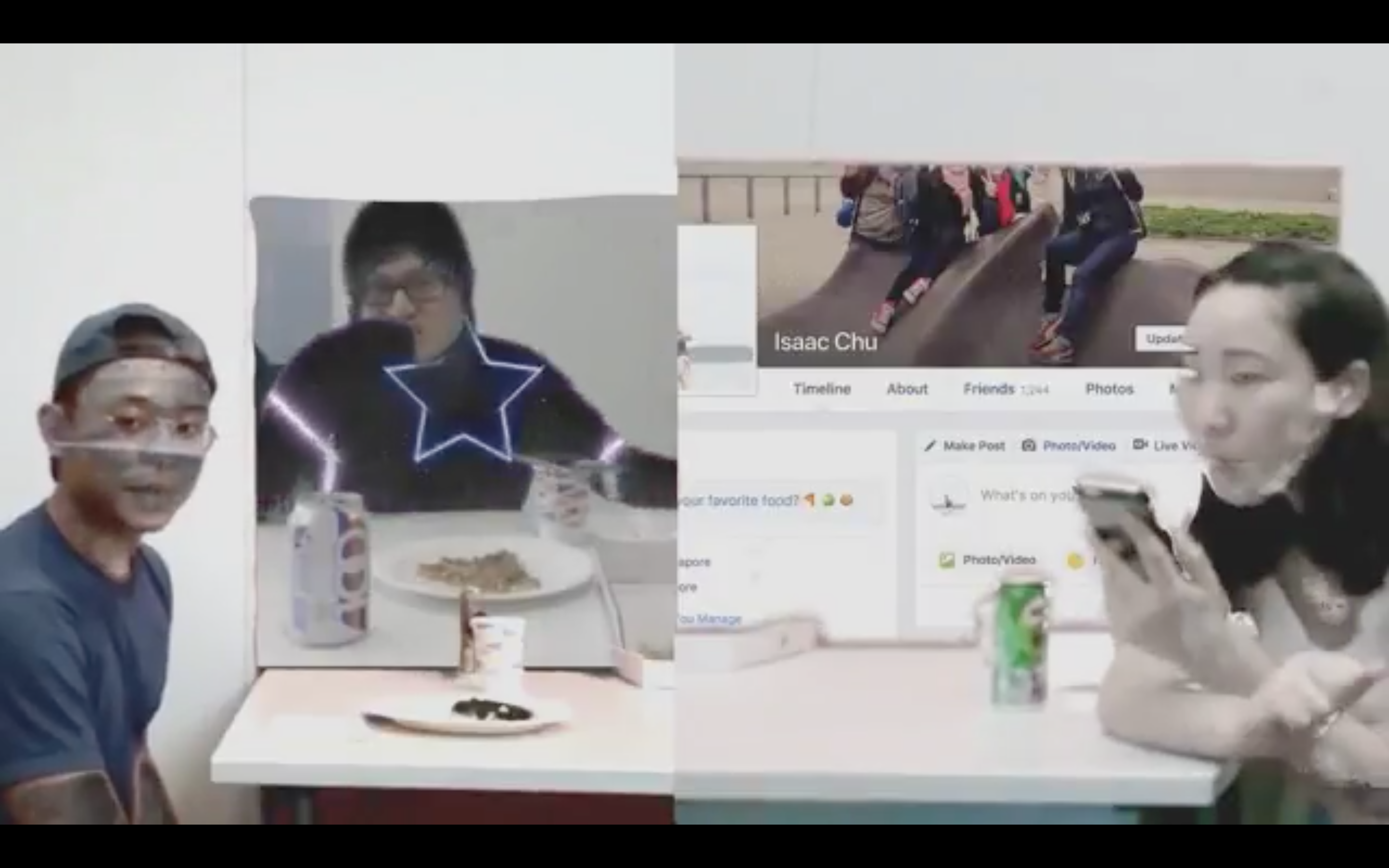
Communication
One other interesting factor to our Telematic Lunch was that all of us could not see each other (except myself because I was managing the stream on OBS). This emulated the idea of being distant but at the same time connected in a third space as we explored human interaction in a collective space. The Big Kiss (by Annie Abrahams – featured strangers over the third space to kiss without any form of physical contact but largely by the aligning of their lips to make it look like they were kissing) was a very small but significant reference that contributed to the success of our Telematic lunch. As I write this, other examples came to mind. Virtual Reality is also very similar in the same way and I think this (physical interaction) is something that many manufacturers are looking into incorporating in the near future as this offers the user to interact in a real-world simulation setting.
We communicated via Skype so that everyone could play Never Have I Ever and also have a conversation together. This also allowed me to give instructions to my teammates on their body placement and gestures for our piece (as seen in the start and end of the video)
With all the technical difficulties faced, I must say that we did overcome them with much despair along the way but it was worth going through it. Because as I write this post, flashes of what was taught in class kept appearing and caused me to lose my train of thoughts. But, it is a good thing. It felt like we had experienced almost everything mentioned in class in one setting for our final project and we were able to experience first-hand how the artists felt during the course of executing their works, which more often than not, we do not get to see or read about.
This brings me to another point on improvisation and dealing with technical difficulties. Bold3rrr came to mind. Though not at all glitchy, Telematic Lunch has had multiple instances where I had to deal with our feed cutting off live and also interacting and performing. I was constantly going back and forth my phone screen and laptop and it really felt like what Jon Cates was going through, except he was much better experienced in dealing with them while I wasn’t. Much of my “panic” was due to huge latency involved. Whenever I have to refresh a page and readjust the placement of the feed, it takes 2-3 minutes just to get it back. On top of that, I am constantly hearing the feed from the live video and also our Skype conversation and this made it hard to identify which questions to reply because of the lag. So many thing were happening at once.
Nonetheless, this made me realise that this whole idea about live performance and in a third space is something like living inside your mind. Where there are constant disruptions (to your train of thoughts) and stuck in this void with endless possibilities that may or may not ruin your performance. In closing I would like to quote Liz from Second Front:
“The tech has really evolved and no one knows the boundaries and as tech emerges, it is important to keep in mind what this tech is doing and is absolutely rewiring the brain and there is a difference in how media is consumed in the social spaces online” Liz, Second Front live interview with Randall Parker, 2017.
And it is because of this – that we are only as capable as how we think, that I am confident we will see exponential progress in this field in the years to come as we are more exposed to third space performances since they are the visual articulation of our imagination.
Thank you to Mirei who did the setting up of the spaces and monitoring the collective feed on you mobile phone; Win Zaw for the awesome idea and green suit; anam for the leadership and direction as well as logistical support for making this a huge success! Many other smaller things they have done but I’ve listed the main ones here. Do view their posts to read in detail how they have contributed to this successful performance:)
Anam
Win Zaw
Mirei
At the end of it all, I felt that this was a really tiring but satisfying performance as I was able to experience the concepts Randall had gone through with us and this allowed me to better understand them and empathise with the artists who did their performances. Pizza was great, the company was awesome and I am happy with our result:) Thank you Randall for an amazing semester! Look forward to more pizzas:)
